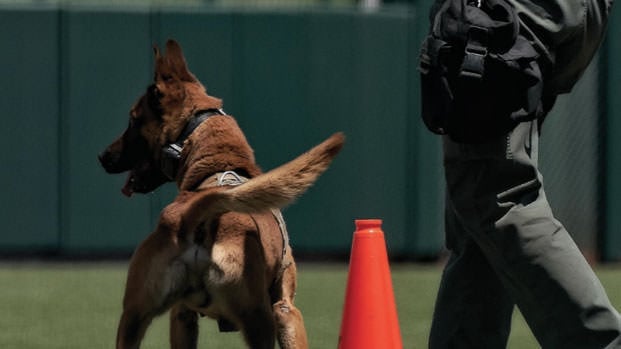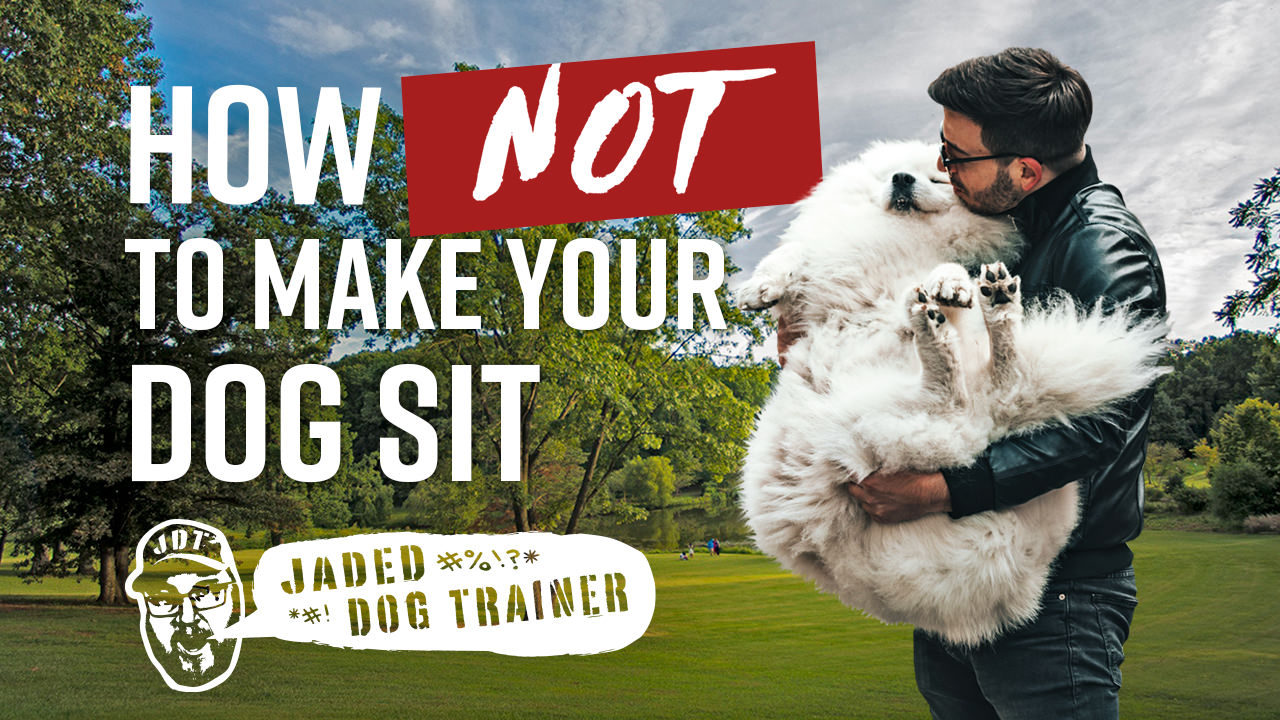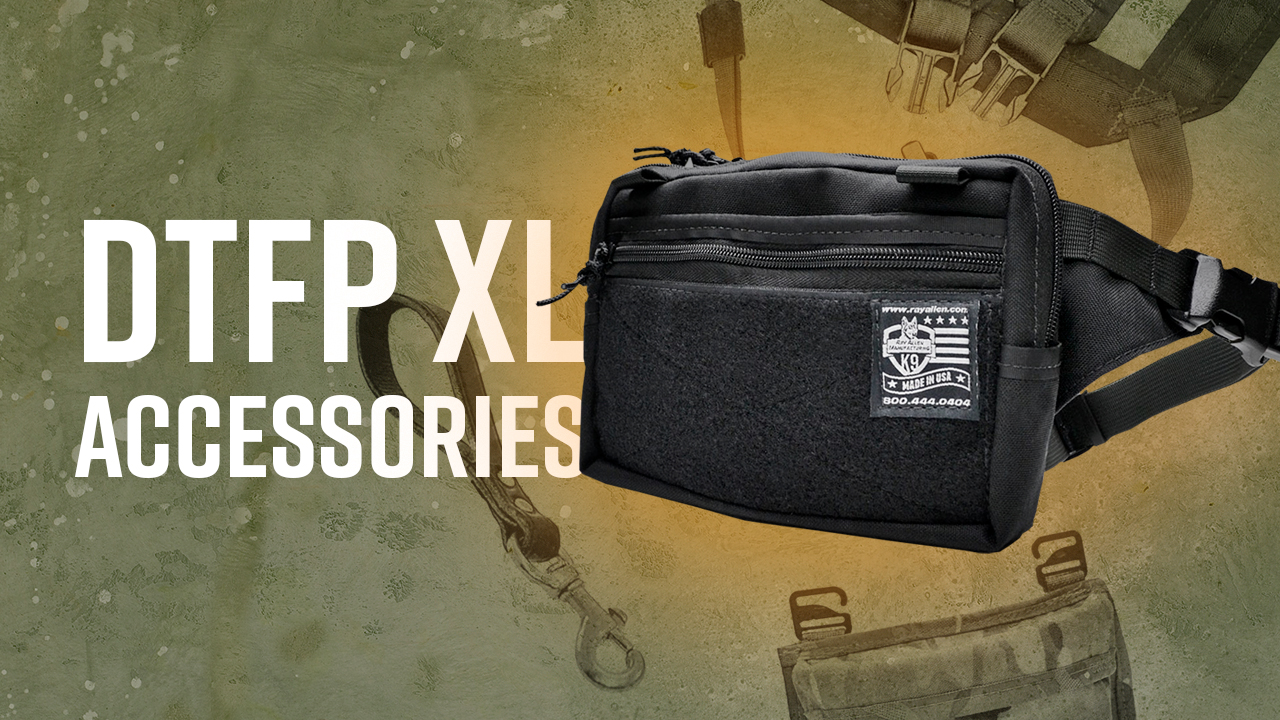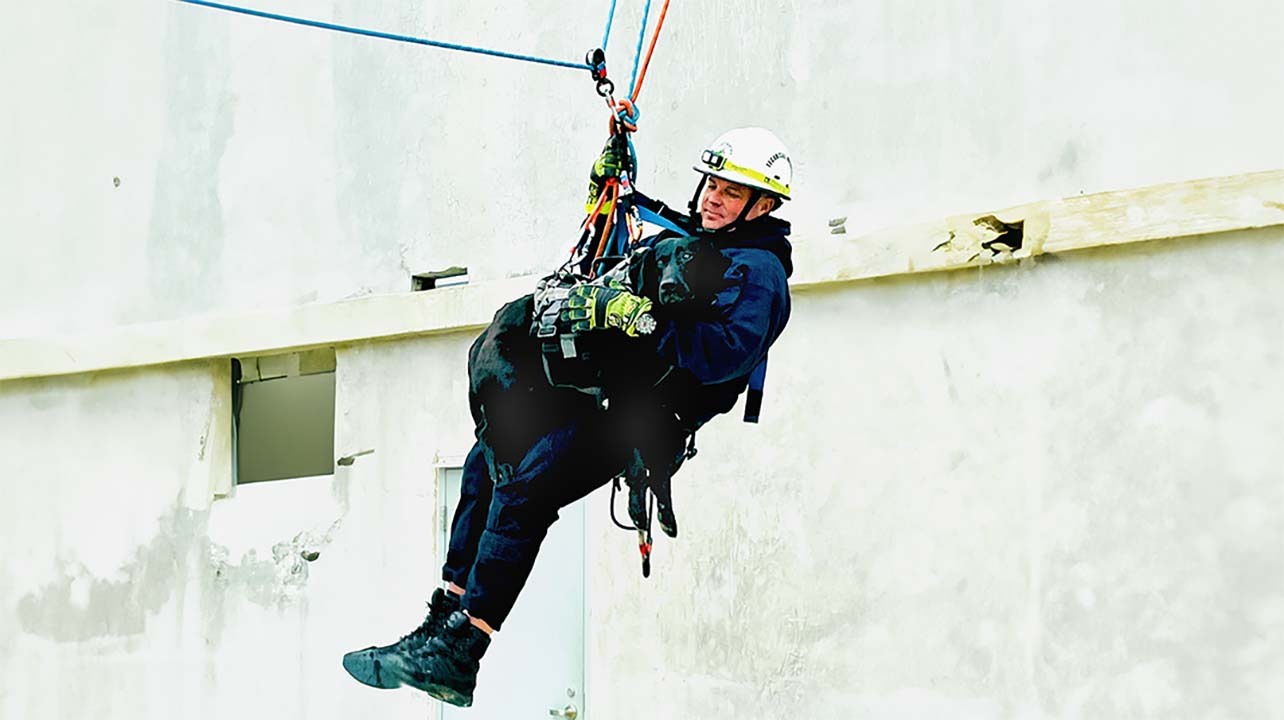Common E-Collar Mistakes and How to Avoid Them
Apr 3rd 2017

by Jeff Meyer
When properly used an Electronic collar, or E-Collar, is, in my opinion, one of the best tools you can use to train and handle a patrol dog. When used incorrectly it can be one of the worst tools in our arsenal. I have trained hundreds of dogs all around the country on the proper use of an E-Collar and see many of the same mistakes. I share these ideas to assist you in looking at your own training to see if you too are guilty of any of these common E-Collar mistakes. To write an article explaining the proper use them would end up as long as a book, so this is in no way a comprehensive ‘how to’ manual.
Be sure to check out our excellent stock of high-quality K9 Electronic Collars for even the toughest police and military dogs.
1. Not having a written policy for using E-Collars
An E-collar is a powerful tool and it should be regulated by proper department policy. Without such a policy there is a risk of misuse or even abuse by improper E-collar use. By having a clear policy outlining the proper use of an E-Collar an agency is protecting itself as well as its officers. The policy should, at a minimum, include how the E-collar will be used in training and on the street. It should define who is authorized to teach the proper use of the E-Collar. It should explain where it is to be placed on the dog (neck only). The policy should mention if the use of the E-Collar is mandatory or an elective, leaving the handler some discretion for work and training. The policy should define a standard for handler training in the use of the E-collar prior to its full use.
2. Not having sufficient training before using an E-Collar
When handlers have not been trained in the proper use of the E-collar and don’t have a solid foundation for the dog training techniques that incorporate the use of an E-collar, many problems can and generally do begin to develop.
Some of the problems misuse of an E-Collar can lead to are: inconsistent performance by a dog, handler aggression from the dog, a dog that will fail to engage and or release early, a dog that will not search properly and the most common problem - a dog that will only be obedient when wearing an E-Collar. It sometimes amazes me when I see a department has dealt with one or more of these issues for long periods of time and yet continues to use the E-Collar in the same way. The good news is that proper use is not hard and can be learned in just a few days with proper instruction. Canine behavior problems that are noted and addressed in their early development, stemming from improper training, can oftentimes be corrected with only a few training sessions and with little conflict. Solidified behaviors can sometimes be more difficult to modify in terms of time, technique and repetition.
3. Being intimidated by the E-Collar
When I teach E-Collar classes I always start out with a classroom lecture to outline the basics. I start the class by asking for a volunteer that I can use the collar on. Not surprisingly, I do not get many volunteers. Often I am greeted with either laughter or fear from handlers who are convinced that they cannot endure the stimulation that the E-Collar emits. I find it troubling that many times we do not think twice about putting the collar on our dogs and yet are terrified of it ourselves. I believe in order to properly use the collar a handler has to know what the stimulation feels like. The first part of any E-Collar training should include each handler feeling the stimulation (at a low level) and understanding its effects.
4. Teaching the dog to become Collar Dependent
When used properly as a shaping device, a dog’s performance will be the same whether wearing an E-Collar or not. We have all seen the dog that performs perfectly with an E-Collar on and is an inattentive mess without one. That is the definition of ‘collar Dependent.’ How do we avoid that problem? First, it is important to neutralize the feel of wearing the collar to the dog. The Collar has a unique feel to the dog; the mere weight of the device alone is different in addition to the prongs. It is best to have your dog wear the collar for varying times for several days or even weeks before the collar is turned on. This will help keep the dog from pairing the unique feel of the collar to the stimulation. Trainers who put one on a dog and immediately subject the dog to high levels of stimulation will train the dog to behave better when it is on. My goal is to shape the dog properly and have consistent behavior with or without the E-Collar.
5. Testing the dog instead of shaping with the Collar
In addition to not doing any foundation at the beginning, the most common mistake I see in training the dog to become collar Dependent is to not pair the command with the stimulation simultaneously. Using the release, as an example: if the dog is given the command and then the handler waits 1-2 seconds before applying stimulation with the collar, he has just taught the dog to wait to see if the collar is on before he releases the bite. If the stimulation is paired with the command during training it will shape the dog and keep him from testing it. The verbal command then becomes the prompt, to which the dog will respond.
6. Using the E-collar as a short term ‘fix’ to a problem
Let’s face it, we have all seen the times when a dog is not releasing properly and the certification is in the next few days. How many times have we seen the collar come out and used as punishment to ‘try to get the dog through the cert’? I can tell you that if for some reason that short term fix works, it will create long term stress on the dog and create many more issues down the road. Training needs to be an ongoing process and not designed to try to make up for a year of missed training the night before a certification. Each handler should have their own assigned E-collar and it should be a consistent piece of training and deployment equipment. It shouldn’t be a borrowed gadget as part of a smoke and mirrors magic show by which you hope to veil a temporary passing performance over an ever-persistent set of canine control issues. Learn to use the E-collar to maintain proper performances. There are no quick fixes in E-collar dog training.
7. Using the it for “everything”
My favorite part of teaching proper E-Collar classes around the country is when the idea of shaping and not punishing clicks with both the handler and the dog. On the third day of the class, we do scenarios that were unthinkable just two days earlier. For instance, we do an exercise with six or more decoys in suits on a baseball field and direct the dog to different locations all from the pitcher’s mound. Dogs that would not recall or release two days earlier will release from 50 yards away and follow the handler’s direction. The success can be a double-edged sword; I have had handlers get so excited about the success that they have approached me with ideas to use the E-Collar for training in ways that are not appropriate. For example, one handler was so happy with the progress he made at the class he emailed me later and wanted to know how to use the E-Collar to keep his dog’s nose down on a track. I saw the dog track and he was excellent, but the handler thought he should keep his nose lower for some reason and was interested in how to use the E-Collar to do so. I share this story as a way to show how seductive success with the E-Collar can be. I caution that while it is a great tool, it has to be used properly. I can only imagine what type of problems and bizarre behaviors that handler would have created if he would have started to stimulate the dog with the E-Collar while the dog was tracking.
With proper training, a good foundation and sound understanding of the E-Collar, you will be able to take your training to a much higher level. If you would like to learn more about Proper E-Collar use I will be teaching this class at HITS. Go to www.HITSK9.net for more information as well as to learn how to host your own hands-on class in your area. My Email address is in my bio below, so please contact me with any questions or feedback regarding this article.
Be sure to check out our excellent stock of high-quality K9 Electronic Collars, including Dogtra for your tactical training needs.
If there's anything else you'd like to know about E-Collars, be sure to read our Ultimate Guide to Dog E-Collars!
Jeff Meyer has been a police officer since 1989. He has been a handler and trainer for more than 20 years and has taught the proper use of the E-Collar all over the U.S. to hundreds of K-9 teams. He can be reached at Jeff@HITSK9.net





